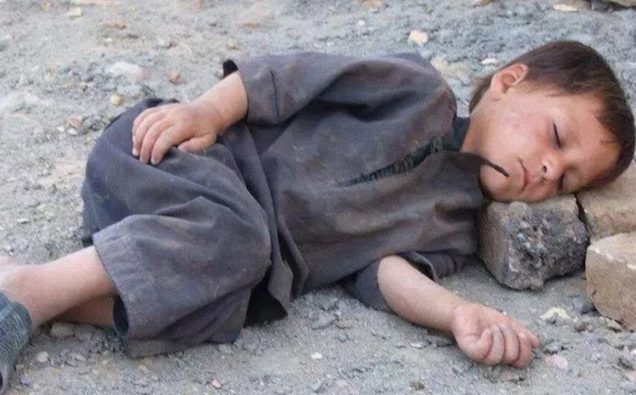
These are uncertain times as reflected in political upheavals, insurgencies, economic fragility and attempts to stop and even roll back immigration through politics of fear and exclusivist ideologies.
Yet, migration of human beings, both as a result of conflicts (asylum seekers) and in quest for better economic opportunity (immigrants), remains a key facet of global movement of cultures, diversity, talent, skills and much-needed cash for the developing countries.
In its latest Global Migration Report 2020, the International Office of Migration, reveals that number of international migrants in 2019 is now estimated at 270 million, with the United States being the top destination having nearly 51 million.
The IOM report, which focuses on economic contributions of migrants, notes that the overall figure of 270 million migrants represents just a tiny fraction of the world’s population but they send $689 billion to their countries of origin.
The impact of this migration, however, remains significant for millions of people in developing countries, especially in the face of challenges like poverty, lack of governance and denial of growth opportunities.
The long-term and growing body of evidence on migration and mobility shows that migration is in large part related to the broader global economic, social, political and technological transformations that are affecting a wide range of high-priority policy issues, the IOM notes in the introduction.
“As the processes of globalization deepen, these transformations increasingly shape our lives – in our workplaces, in our homes, in our social and spiritual lives – as we go about our daily routines. Increasing numbers of people are able to access information, goods and services from around the world because of the ongoing expansion in distance-shrinking technologies.
“There is also a sense that we are in the midst of a period of considerable uncertainty. Many commentators have called into question the solidity of aspects of the global political order forged in the immediate aftermath of the two world wars, including as they relate to alliances and common interests. Others are calling this time the “age of anger”, tracing back the current sense of geopolitical uncertainty and discontent to a dominant and relentless focus on “logic” and “liberal rationalism” at the expense of emotional responsiveness,” the report notes.
![By DIAC images (Harmony Day) [CC BY 2.0 (http://creativecommons.org/licenses/by/2.0)], via Wikimedia Commons](https://www.viewsnews.net/wp-content/uploads/2016/05/Cultural-Diversity-800px-Harmony_Day_5475651018.jpg)
Diversity has long been considered a great strength of nations, Image: DIAC images (Harmony Day) Wikimedia Commons
India continues to be the largest country of origin of international migrants, with 17.5 million living abroad, followed by Mexico (11.8 million) and China (10.7 million).
India with $78.6 billion in remittances, China ($67.4 billion), Mexico ($35.7 billion) and the Philippines ($34 billion) are the top beneficiaries.
Pakistan, which has long faced a balance of payment crisis, is also one of the large recipients of remittances from workers abroad, and is expected to receive $23 billion this year.
The United States remained the top remittance-issuer, at $68 billion, followed by the United Arab Emirates ($44.4 billion) and Saudi Arabia ($36.1 billion).
Meanwhile, internal migration in conflict-hit countries like Syria and forced migration as a result of disasters continue to afflict people with all kinds of hardships.














